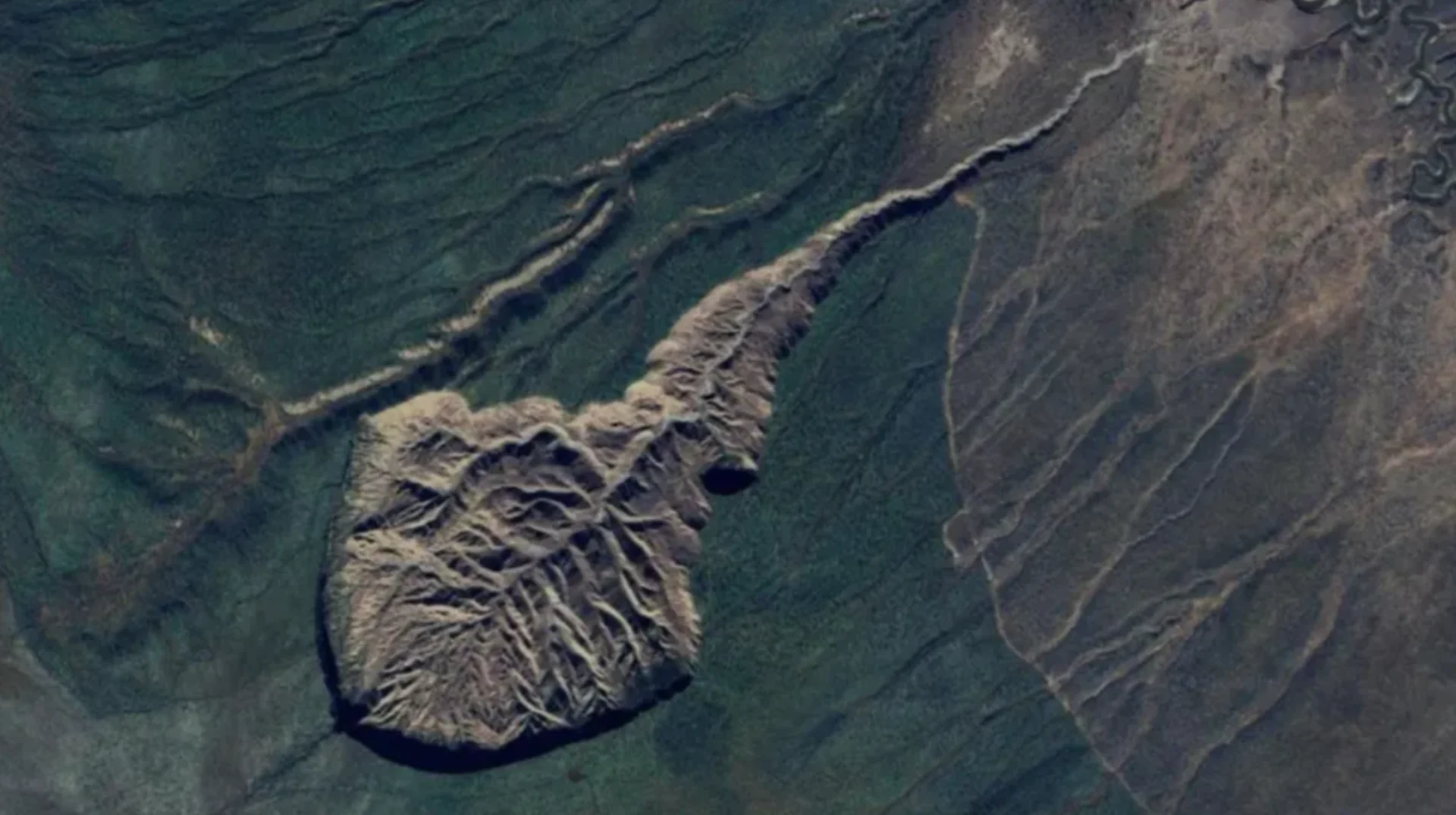
Experts say this 'gateway to hell' is growing at an alarming rate
Understanding the crater may help predict future permafrost thaws.
A rapidly expanding hole in Siberia, known as the Batagay crater, has grown so large that it's now visible from space.
What started as a small crack in the 1960s evolved into the world's largest retrogressive thaw slump, and it's often referred to as the 'Gateway to Hell.'
Between 1991 and 2018, the crater tripled in size, according to a study published at the end the March in the journal Geomorphology
Its growth is driven by warming in the Arctic, a place where temperatures are rising faster than anywhere else on Earth.
A retrogressive slump is created when permafrost thaws and the surrounding land collapses, triggering landslides.
This cycle is causing Batagay to grow by nearly a million cubic metres a year.
The thawing permafrost also releases previously trapped organic material, which then decomposes and emits carbon dioxide.
Experts estimate the Batagay slump releases up to 5,000 tons of carbon annually—equivalent to the yearly energy use of over 2,000 American homes.
As for how much ice and permafrost has already thawed at this mega slump....
.. Scientists estimate that amount would be equivalent in size to 14 Pyramids of Giza.
While there are thousands of thaw slumps in the Arctic, Batagay is the largest. Scientists are trying to understand it better so they can predict future thaws.
Header image: Airbus, CNES/Airbus, Landsat/Copernicus, Maxar Technologies











